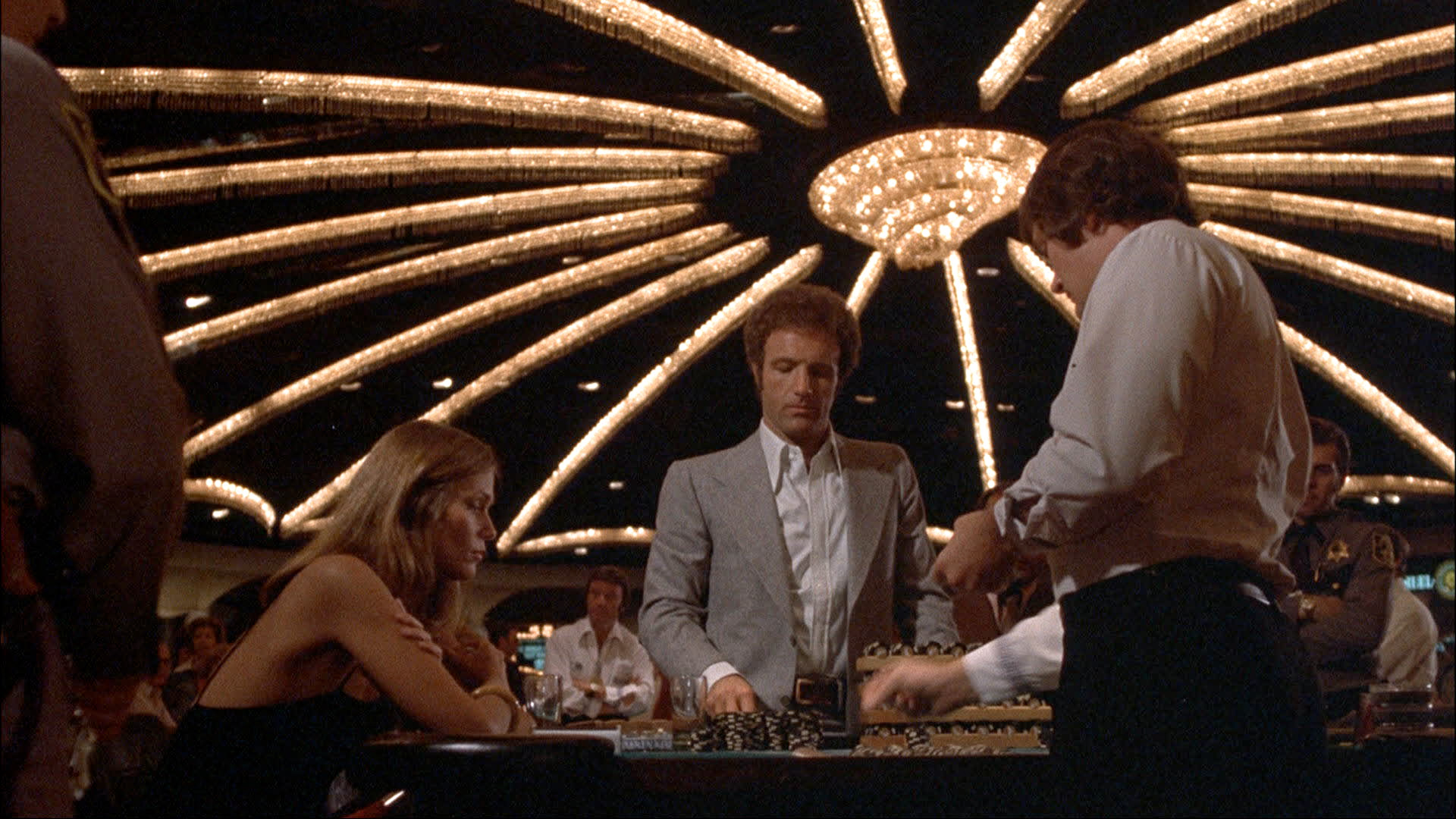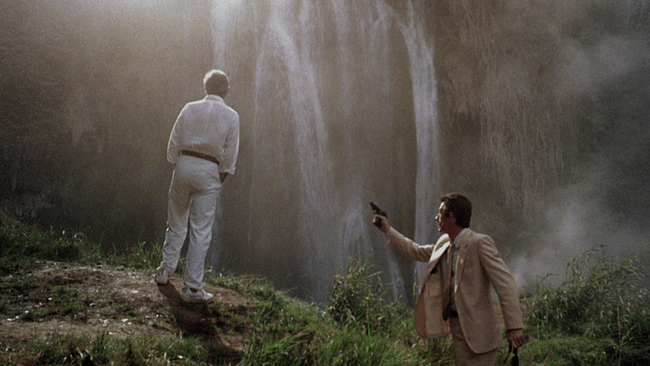By Dennis Hartley
(Originally posted on Digby’s Hullabaloo on July 17, 2021)

The Krays (Second Sight Films; Region “B” locked)
“Mummy loves you, you little monsters.” Peter Medak’s 1990 biopic about England’s notorious Kray brothers is a unique hybrid of a “gangster movie” and a “woman’s film”.
First-time actors Gary and Martin Kemp (also known as the guitarist and bassist for Spandau Ballet) are nothing short of astonishing as Ronald and Reggie Kray, the fearsome East End gangsters who ruled London’s underworld in the 1960s-but it is playwright Samuel Beckett’s favorite leading lady Billie Whitelaw who really owns the film as the twins’ beloved Mum, Violet.
Born in 1933, the twins form an unusually intense, almost psychic lifelong bond with their mother that pushes their older brother Charlie and milquetoast father to the background. To say that this non-shrinking Violet is a “force of nature” is understatement. She loves her “boys” but suffers no fools gladly.
What is most interesting to me about Philip Ridley’s sharp screenplay is how many juicy monologues it contains for a number of strong female characters (again, something you don’t usually see in such traditionally male-centric gangster flicks). This observation is delivered by Violet’s friend Rose (played by Susan Fleetwood):
It was the women who had the war – the real war. The women were left at home in the shit, not sitting in some sparkling plane or gleaming tank […] Men! Mum’s right. They stay kids all their fucking lives. And they end up heroes – or monsters. Either way they win. Women have to grow up. If *they* stay children, they become victims.
Make no mistake, when the film goes gangster, it goes all the way. In fact, Medak received criticism for scenes of brutality (the Krays had an oddly anachronistic predilection for using swords to torture and/or dispense with their rivals).
While those scenes are gruesome, as director Medak points out in a new interview conducted for the Blu-ray there is much less violence in The Krays than you see in a typical American mob film (interestingly, Medak and Whitelaw knew the Krays).
I think this is an underrated gem ripe for discovery by a new audience (it’s far more compelling than the muddled 2015 Krays biopic Legend, with Tom Hardy playing the twins).
Second Sight Films does a great job on the restoration and image transfer. I have a minor quibble on the audio; it’s very clean and crisp, but I had to use subtitles because I got tired of having to ride my volume control (while the annoying fluctuations between hushed dialog and blaring action scenes/music cues are a given in contemporary films, for the life of me I don’t know why reissue studios are compelled to go for that same dynamic when remixing audio tracks of older films).
In addition to the aforementioned interview with the director, extras include a new audio commentary by film historian Scott Harrison, a new interview with producer Ray Burdis, and a softcover book with several new essays.









